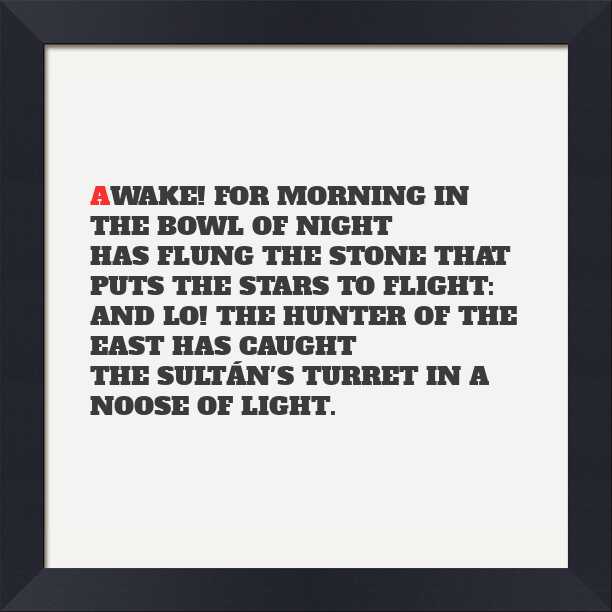A Very British Murder with Lucy Worsley was a three part series about the peculiar relationship of Victorian & Edwardian Britain with murder. It was half about the real life crimes that shocked (and enthralled) the nation during the era – including such notable villains as Jack the Ripper and Dr Crippen as well as others I’d not heard of before. This strand of the programme also looked at the changing face of crime detection and reporting during this era – the very idea of police detectives was come up with in Victorian times. The British fascination with murders also got a boost from cheapening newspapers and rising literacy.
Worsley was also talking about fictional murders – and the blurry line between dramatised stories of real life crimes and purely fictional crimes. Particularly in Victorian times an especially juicy story might get turned into the plot of a melodrama or for a travelling puppet theatre show. People would also write in to New Scotland Yard with their own ideas for how to solve high profile unsolved murders – and Worsley tied this to the beginning of the detective novel.
Purely fictional murder sensational novels and detective stories rose in popularity through Victorian and Edwardian times, reaching their highpoint with the Golden Age of detective fiction between the two world wars. This is the time of Agatha Christie, Dorothy L. Sayers etc and in their fiction murder has become very sanitised, and detection a parlour game. Figuring out “whodunnit” before you got to the reveal at the end of the book had much the same appeal as doing a crossword, and those were also rising in popularity at the time.
This was a TV series with a sense of fun – Worsley dressed up in period costume, and acted out snippets of melodramas and so on as they fitted into the story she was telling us. Including a bit of the transformation scene from the stage production of Jekyll & Hyde!
Other TV watched this week:
Episode 2 of Mud, Sweat and Tractors – series about the history of farming in 20th Century Britain.
Episode 1 of The Crusades – series presented by Thomas Asbridge about the Crusades.
Episode 1 of Fossil Wonderlands: Nature’s Hidden Treasures – Richard Fortey looking at three fossil sites that changed our idea of the past.
Martin Amis’ England – a one-off programme featuring Martin Amis talking about what he thinks it is to be English and about modern society. The BBC blurb for it sounds a lot more negative than I thought it actually was.
Hidden Histories: WW1’s Forgotten Photographs – one-off programme about the photographs taken by ordinary soldiers during WWI. Particularly featuring two photographers, one German and one British, whose descendants met up as part of the programme.

